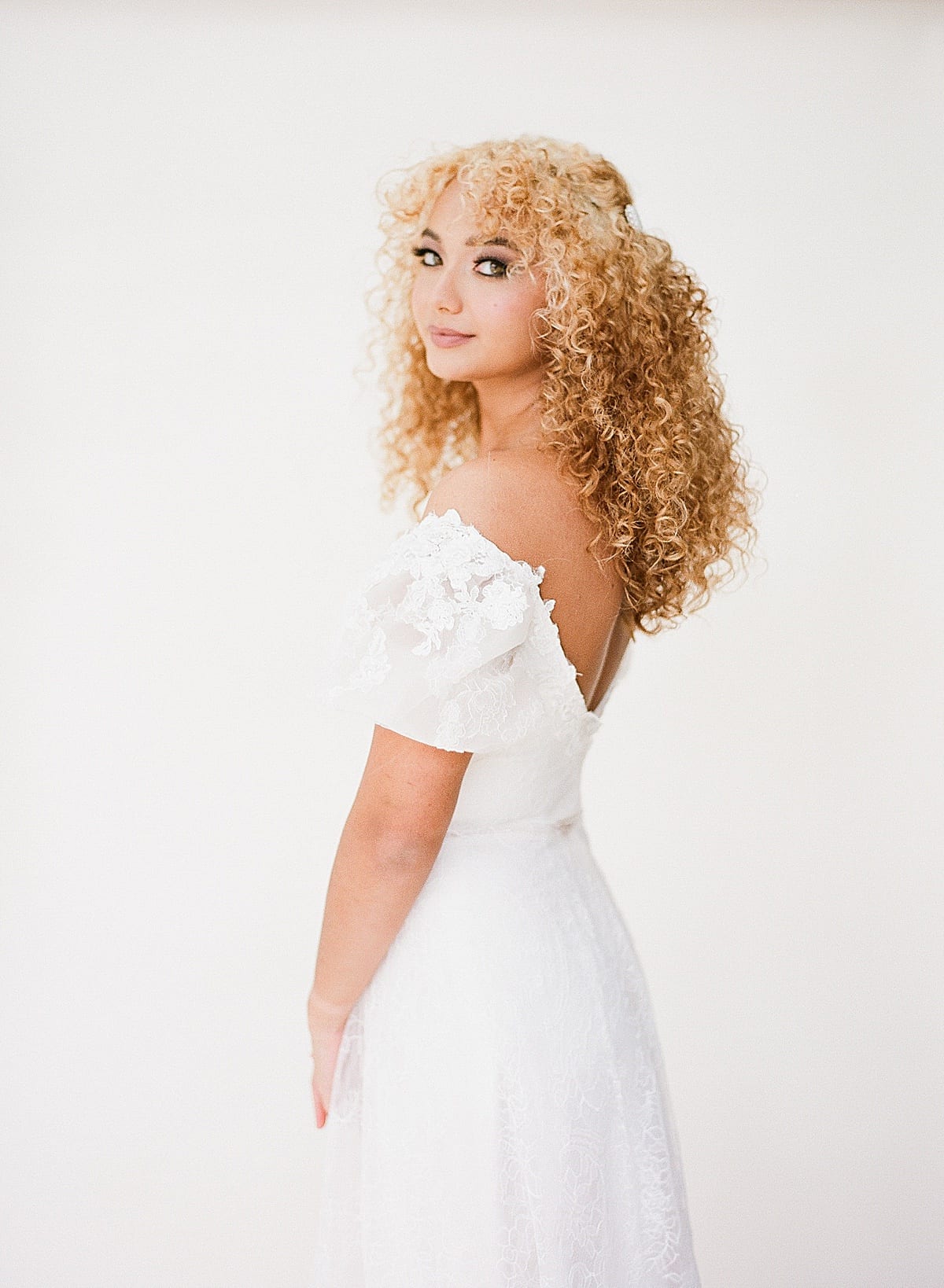
When the news that Fuji was discontinuing their pro400h film came out, I might have gone into a bit of mild panic. There is a shortage in raw material that Fuji can no longer source. The company will not be able to produce the film anymore. By the end of 2021, it will be no more. A sad day for Film Photography for sure!
I love Fuji 400h, it is my favorite film photography stock. It has been my go-to film for the past 3 years. Fuji 400h contains a fourth color-sensitive layer, in addition to the conventional three: red, green, and blue-sensitive layers. With a wide range of over and under-exposure latitudes coupled with its superb skin tones, it is a magnificent film. We have fallen completely in love with and built our brand on. We have photographed numerous weddings, engagement sessions, and personal projects with Fuji 400h and have been overjoyed with our results.
It was the perfect film for our commercial photography business.
What’s Next?
So, after said mild panic, I gathered my thoughts and said, “Well, now I will learn how to shoot a new film stock and I better get to work!” One of our brand’s building blocks is Film Photography so learning a new film stock is imperative. I cannot imagine running our business without Film Photography! As a solution and to get the ball rolling on learning setting up an in-studio bridal session to try several “new to me” film stocks was first. And I was pleasantly surprised by Kodak!
We tested Kodak’s Portra 160, Portra 400, and Portra 800 films, compared to our old faithful Fuji 400h. I rate and meter Fuji 400h at ISO 100. In the past I have done the same with Kodak Portra 400, rating it at ISO 100, and have not been happy with the results. The film is way too warm in tone for my style. Recently I was advised when metering Kodak Portra Films to start at box shutter speed, which is where we started in the studio. I metered everything with a handheld meter at box speeds, bulb out for the shadows to start. Then shot a roll of Kodak Porta 400 at ISO 320 and a roll of Kodak Portra 800 at ISO 640. Let’s dive into the findings.
Portra 160
Kodak Portra 160 is as smooth as butter! The grain is super fine and beautiful, and the color is just as stunning. Where Fuji 400h has a tint of pink Kodak Portra 160 is very clean and the skin tones tend to be just slightly warmer. There is also a bit more contrast in Portra 160 compared to Fuji 400h. Photos below shot at box speed, ISO 160.
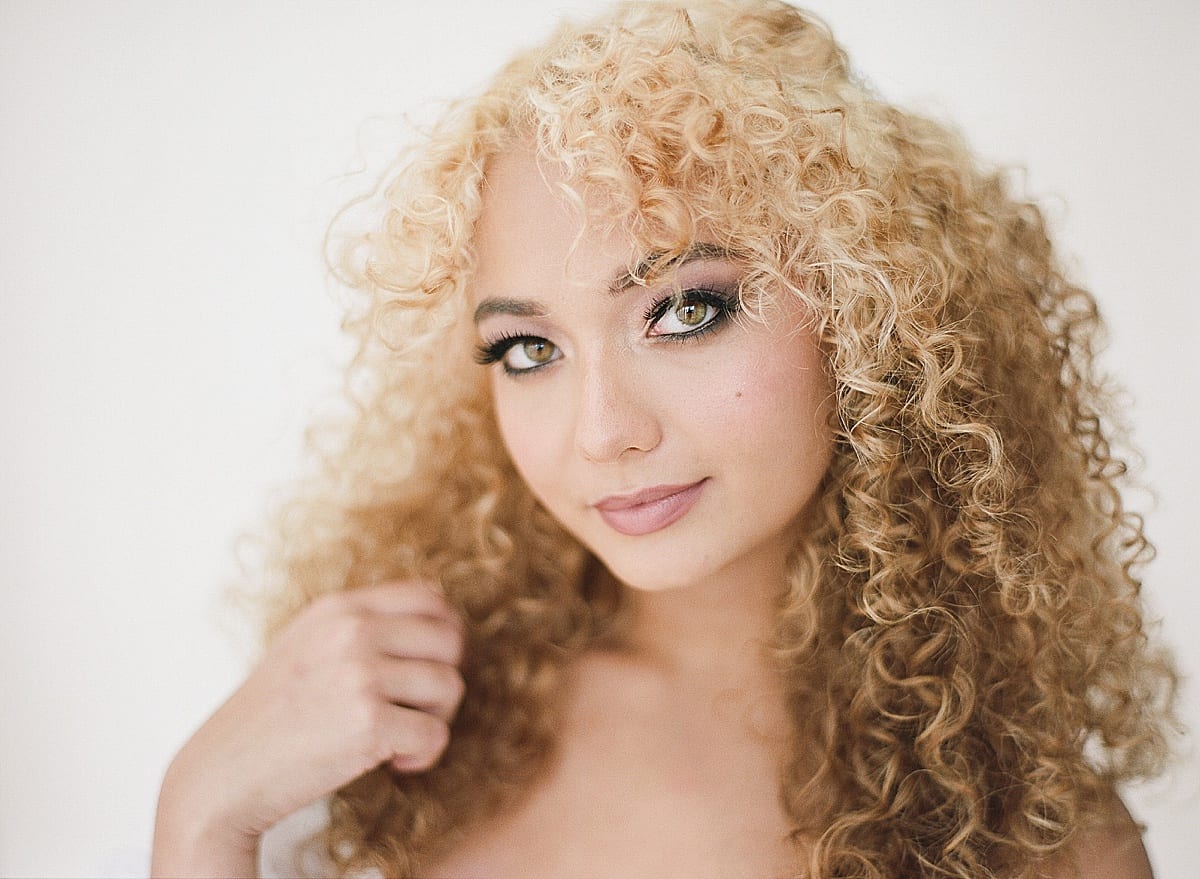
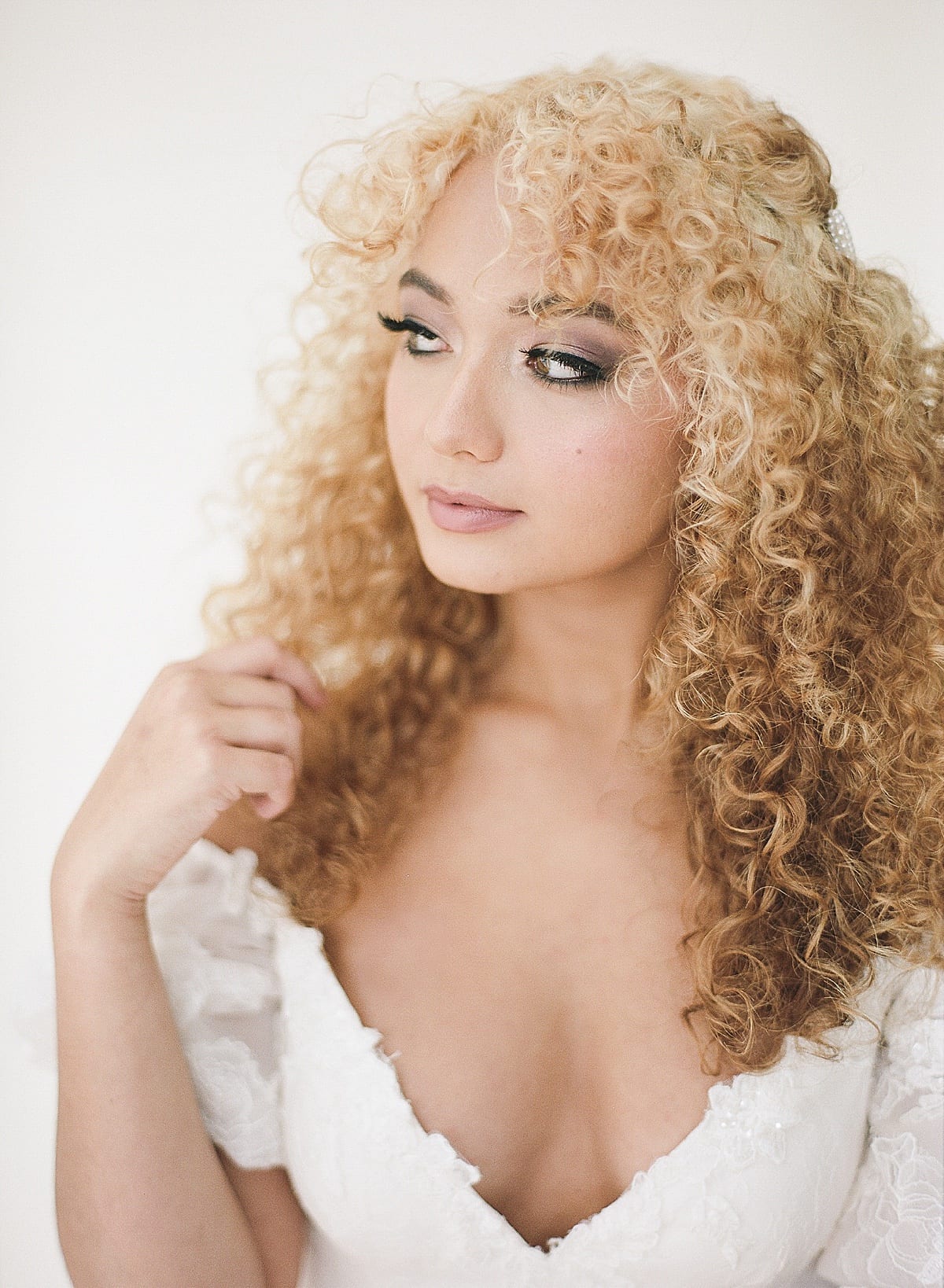
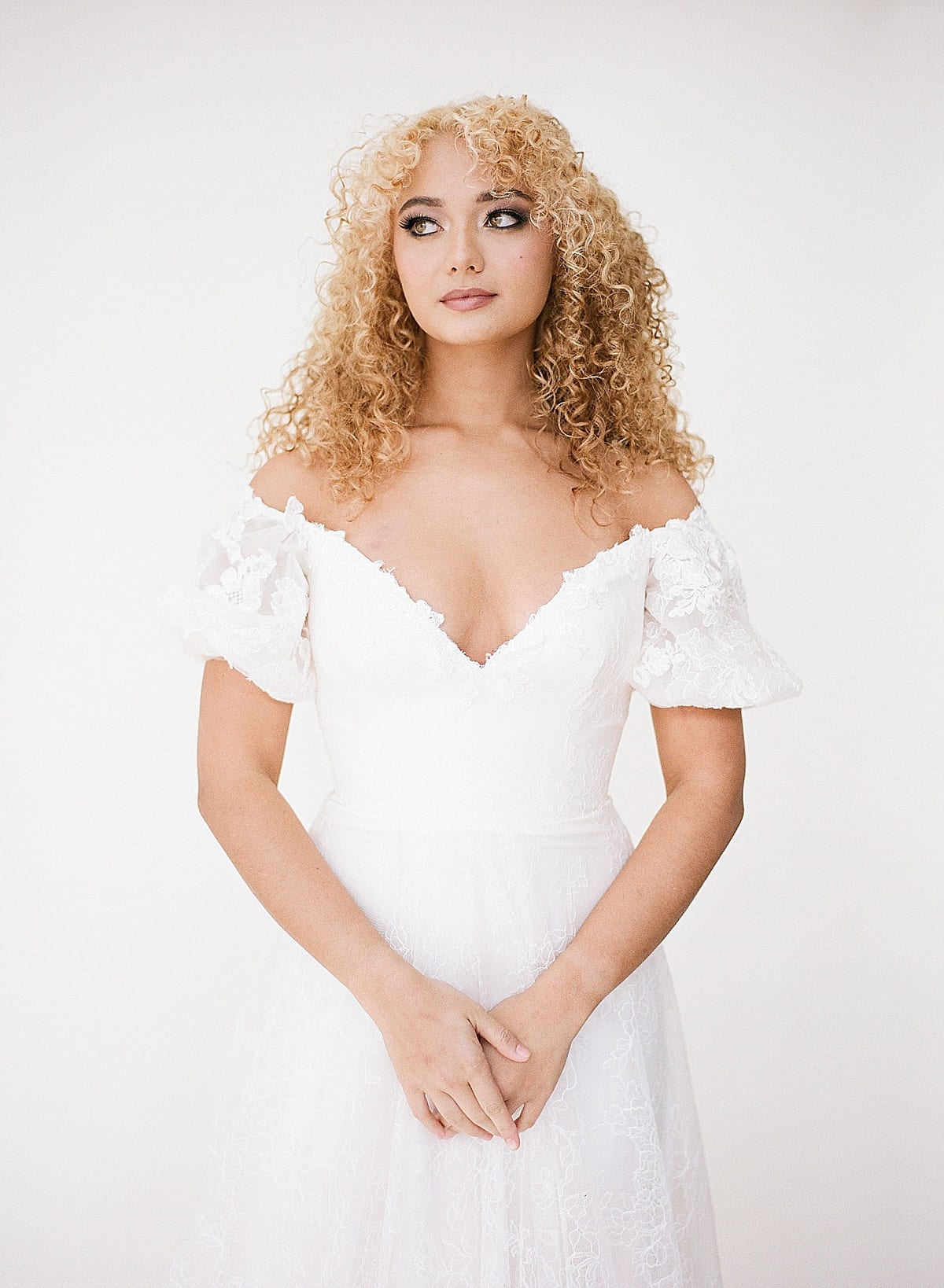
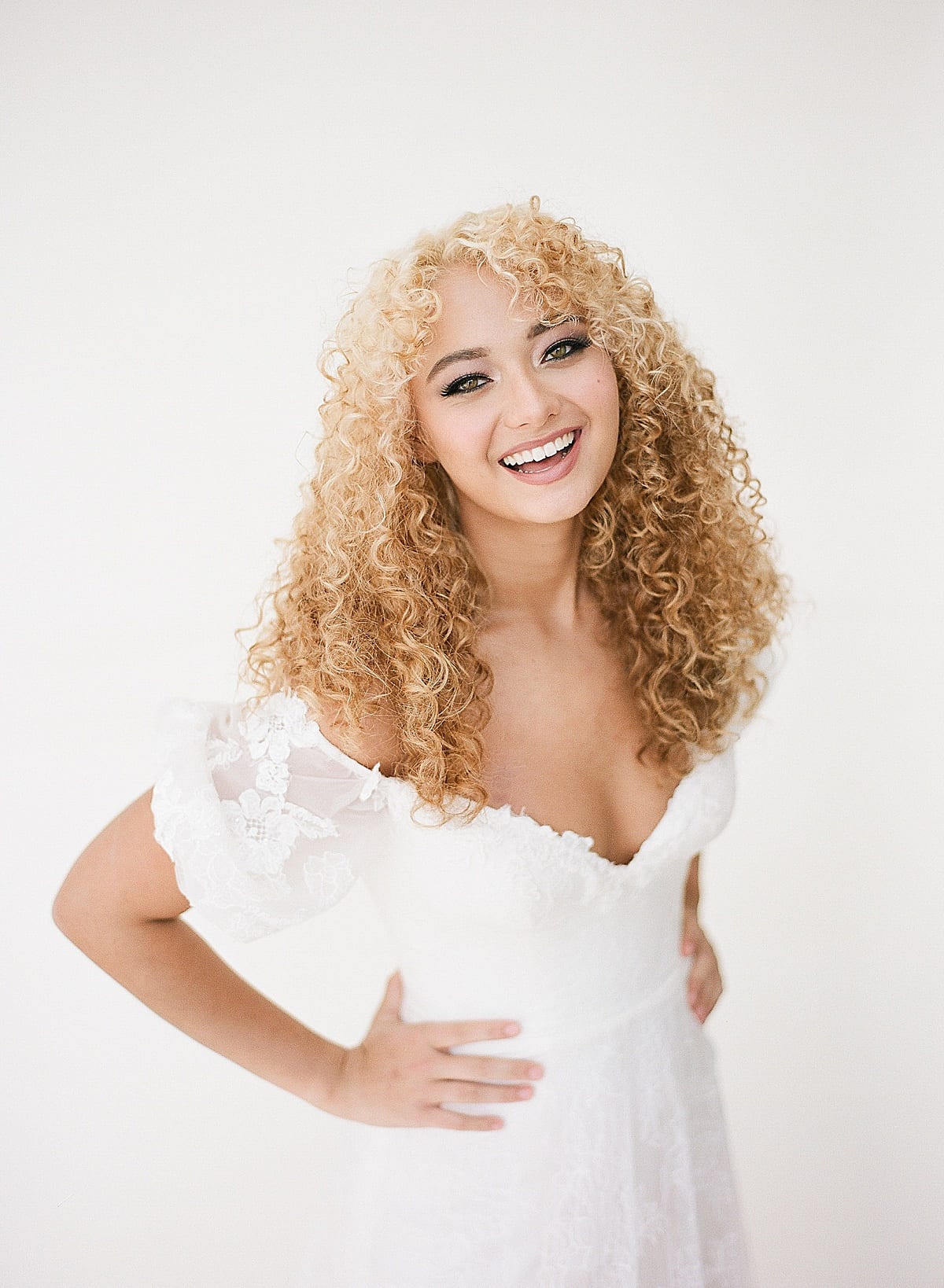
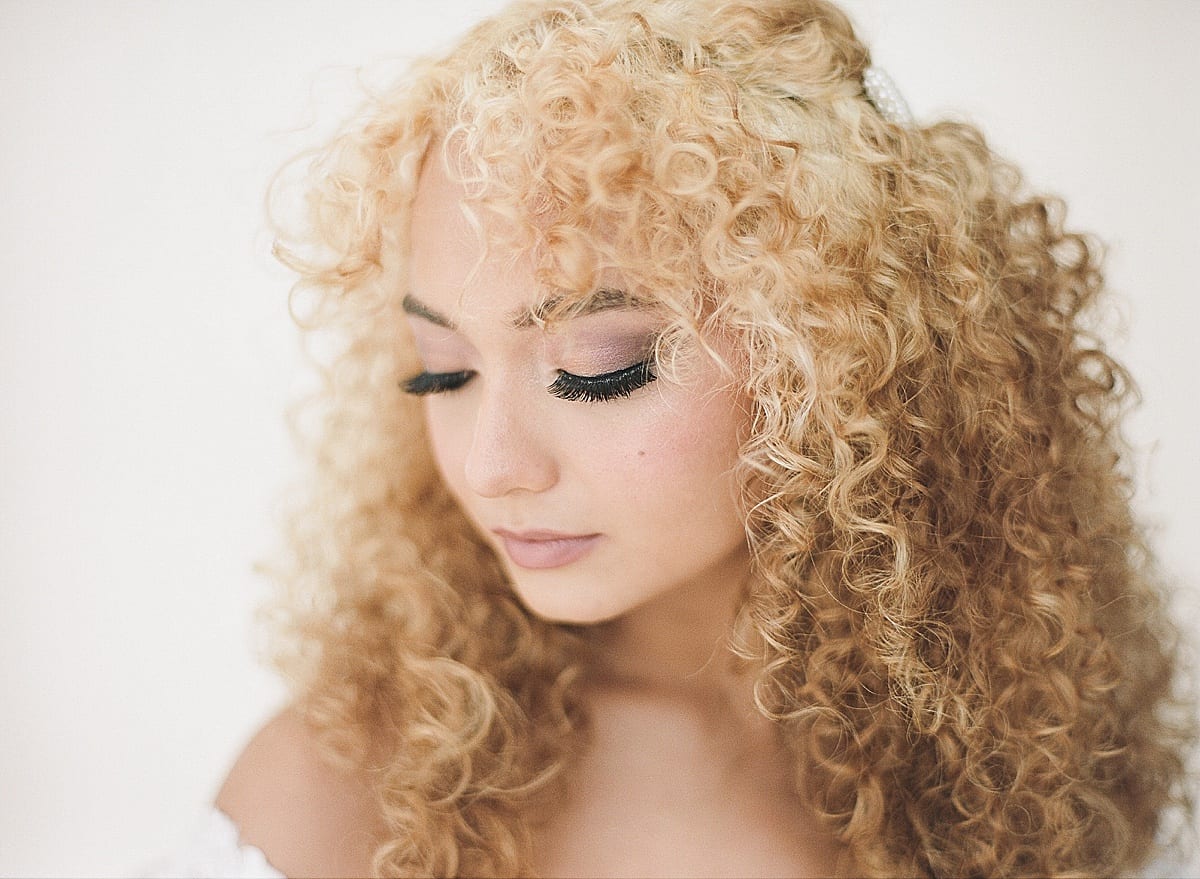
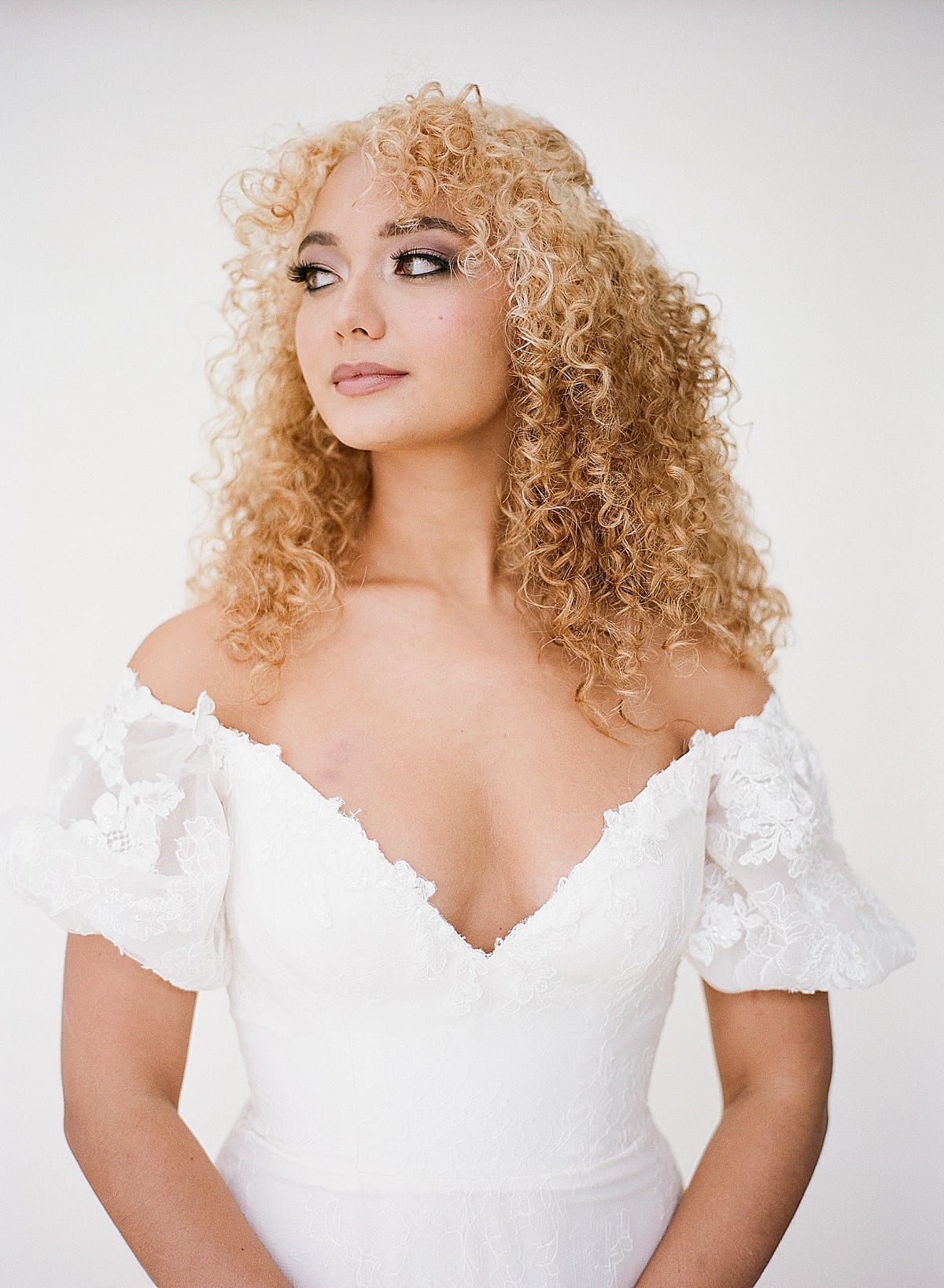
Portra 400
Kodak Portra 400 also has a very fine grain quality to it. I would say the grain is about the same as the 160, maybe not as fine, but definitely finer than Fuji. There is a bit more of a golden hue and a slightly deeper contrast when compared to the Fuji400h. When shot at box speed this film is incredibly beautiful. Seeing the side-by-side comparison with the Fuji 400h, they really are very similar. Photos below shot at box speed, ISO 400.
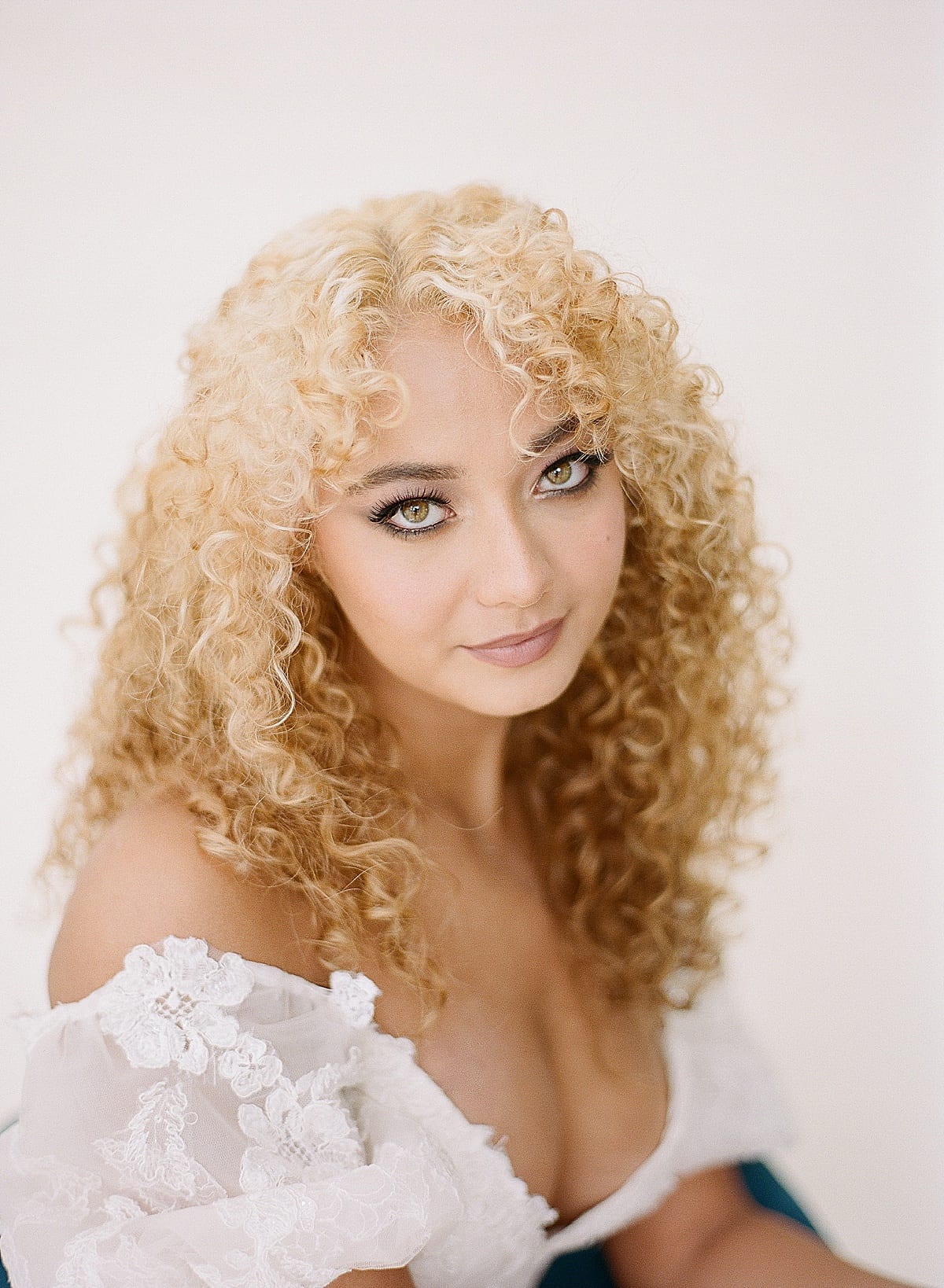
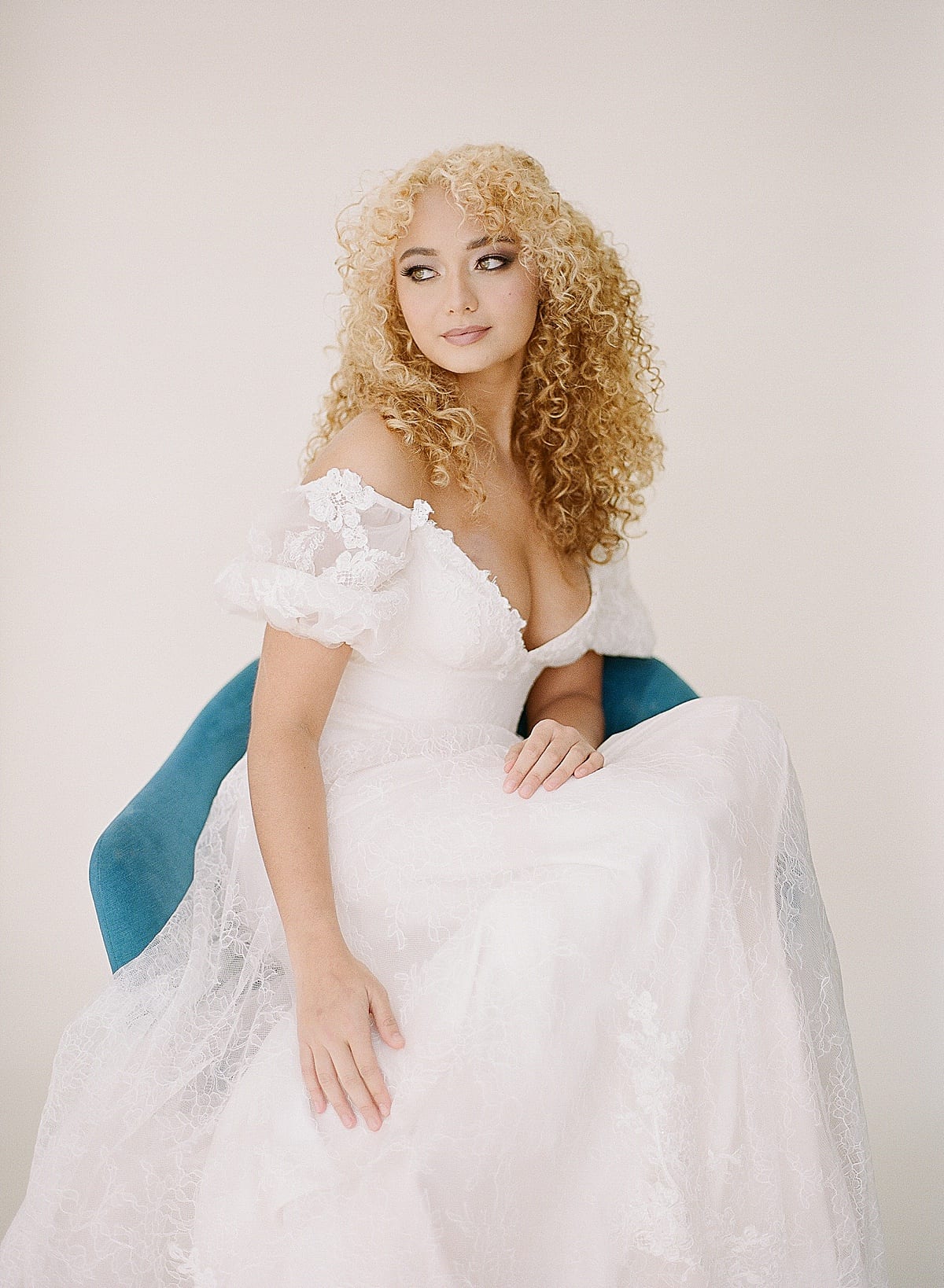
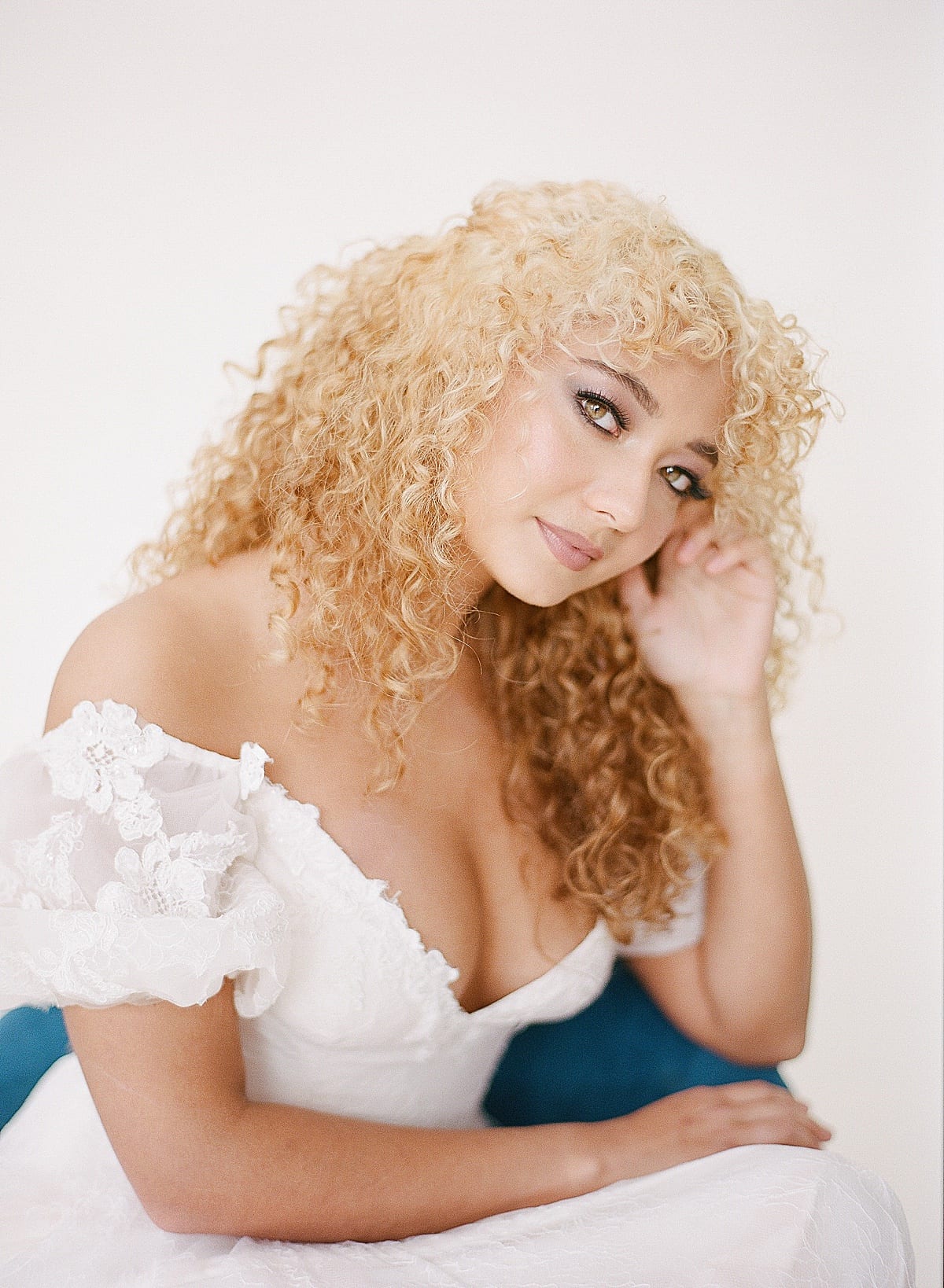
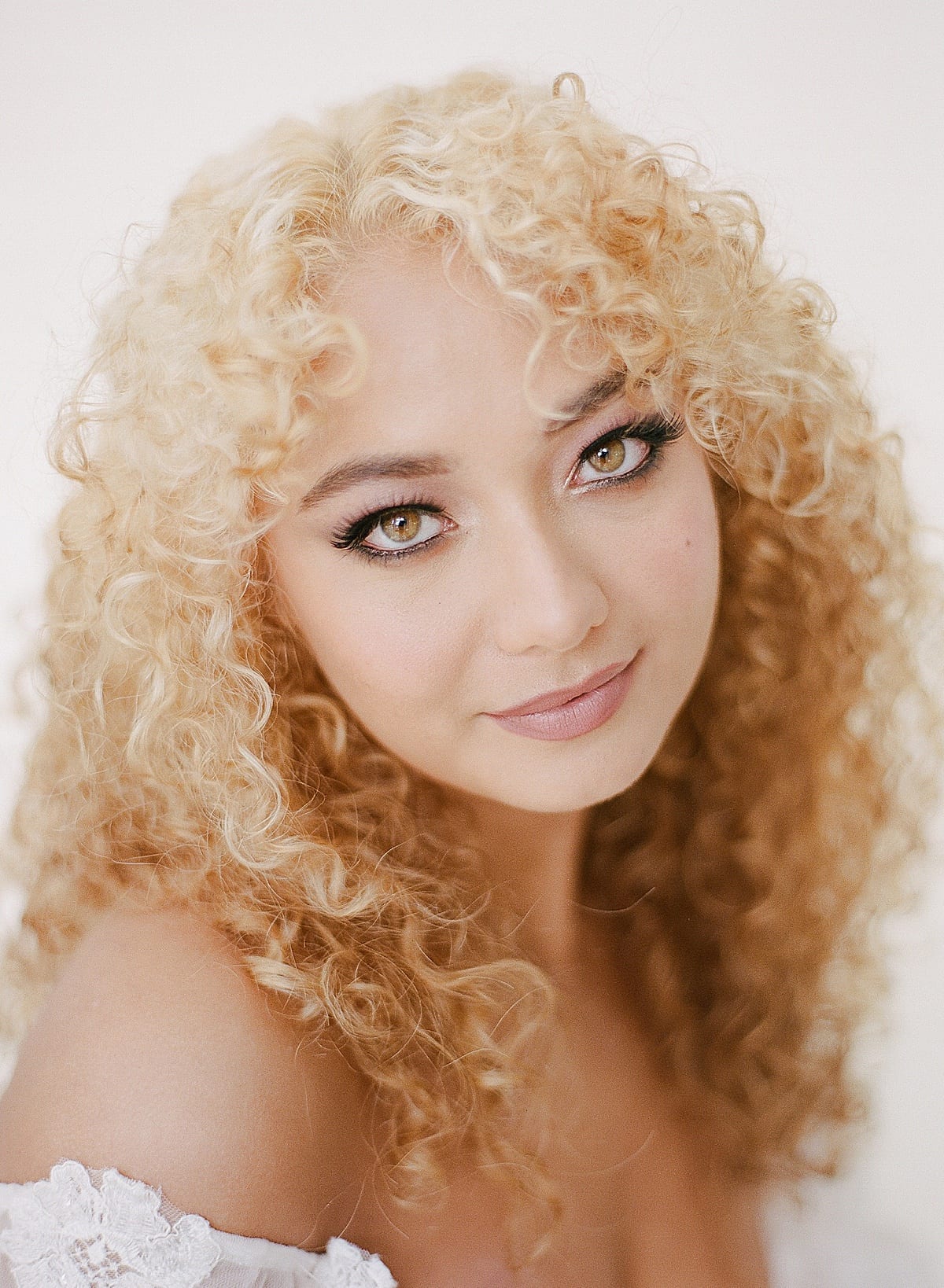
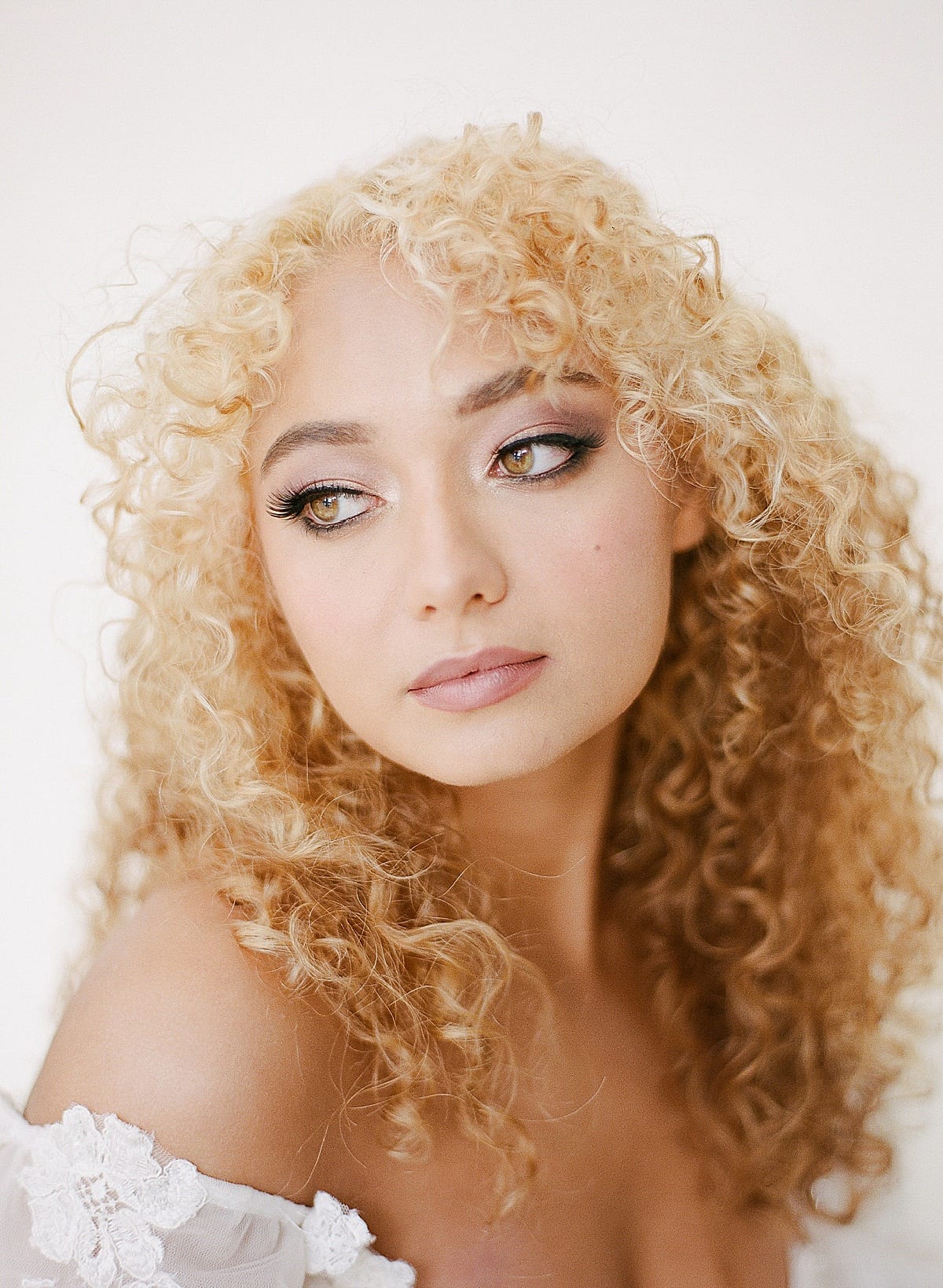
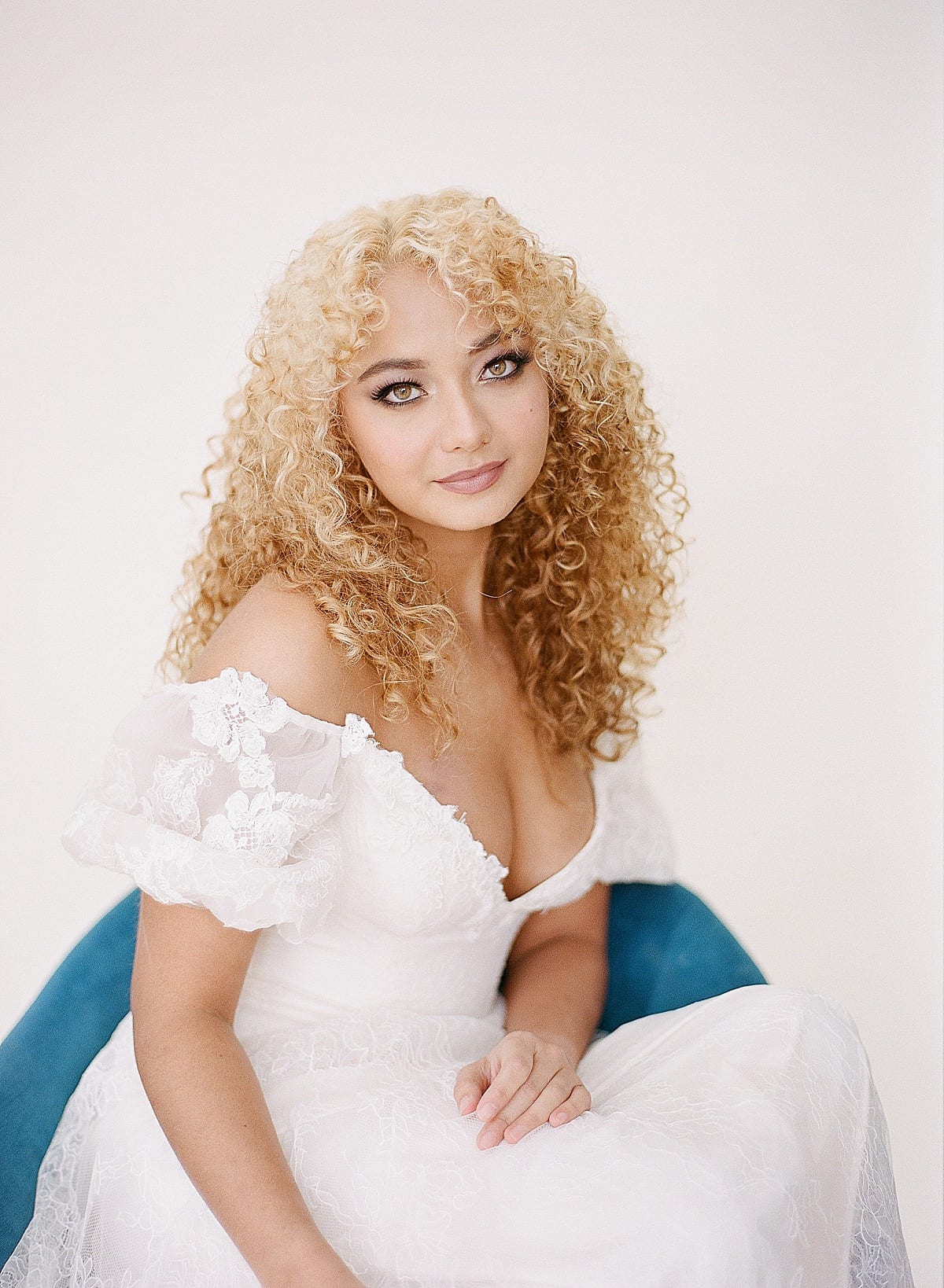
Portra 800
In my opinion, Kodak Portra 800 is the closest stock to Fuji 400h out of the three Kodak stocks, and I think it is my favorite! The pink tone of the film is very similar to Fuji400h. Portra 800 has just a tiny bit more punch in the contrast and warmer skin tones. Photos below shot at box speed, ISO 800.
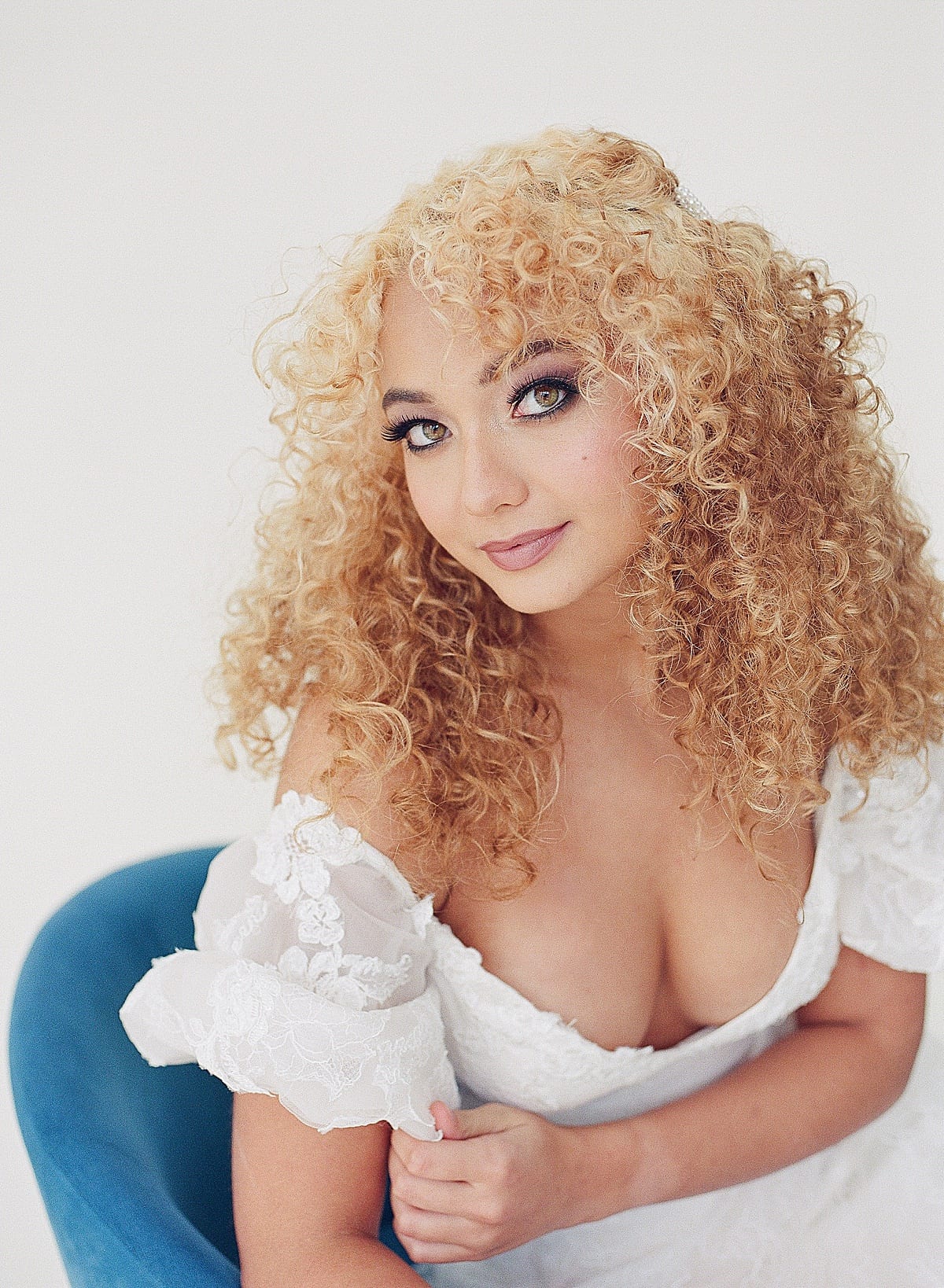
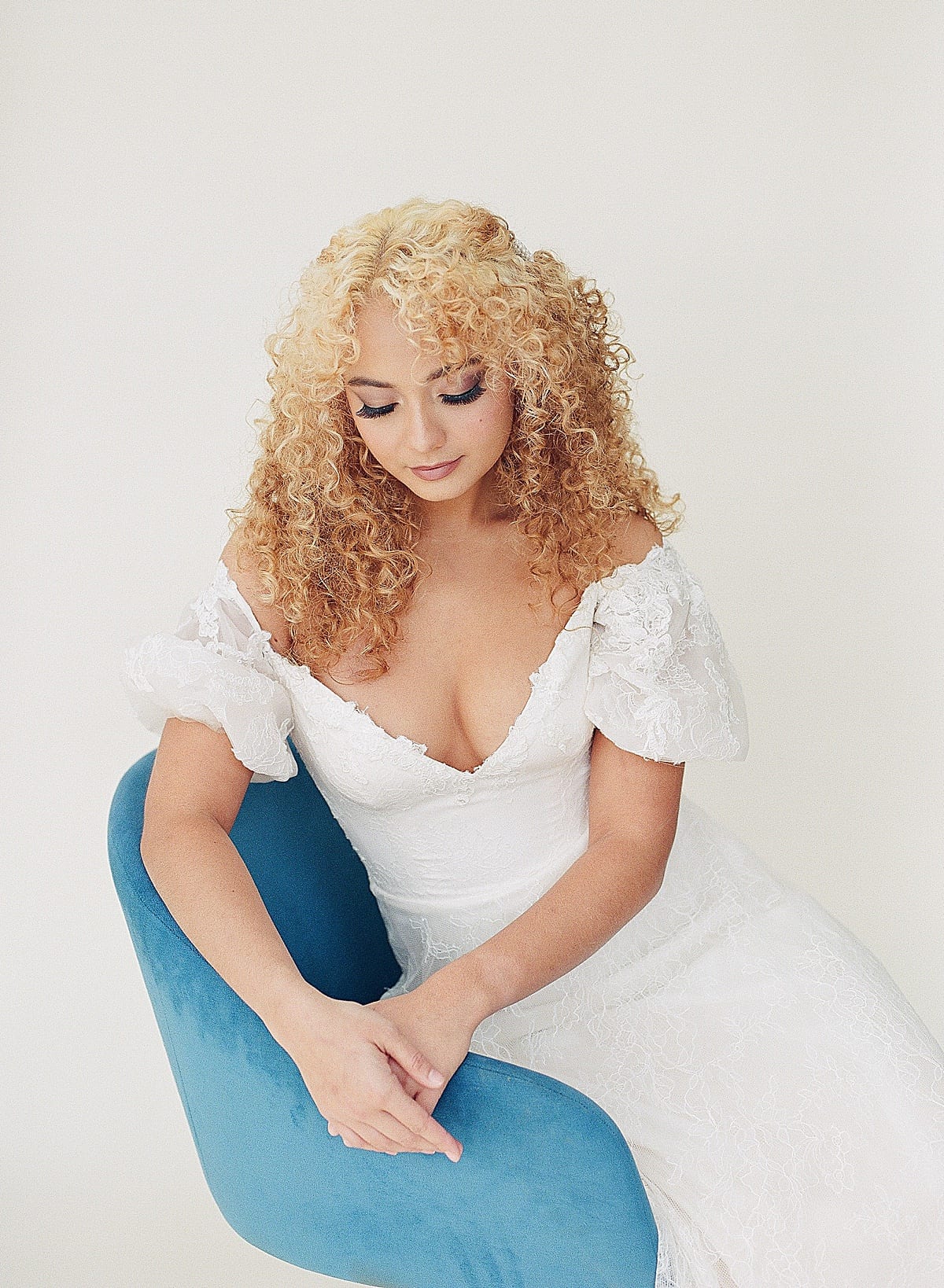
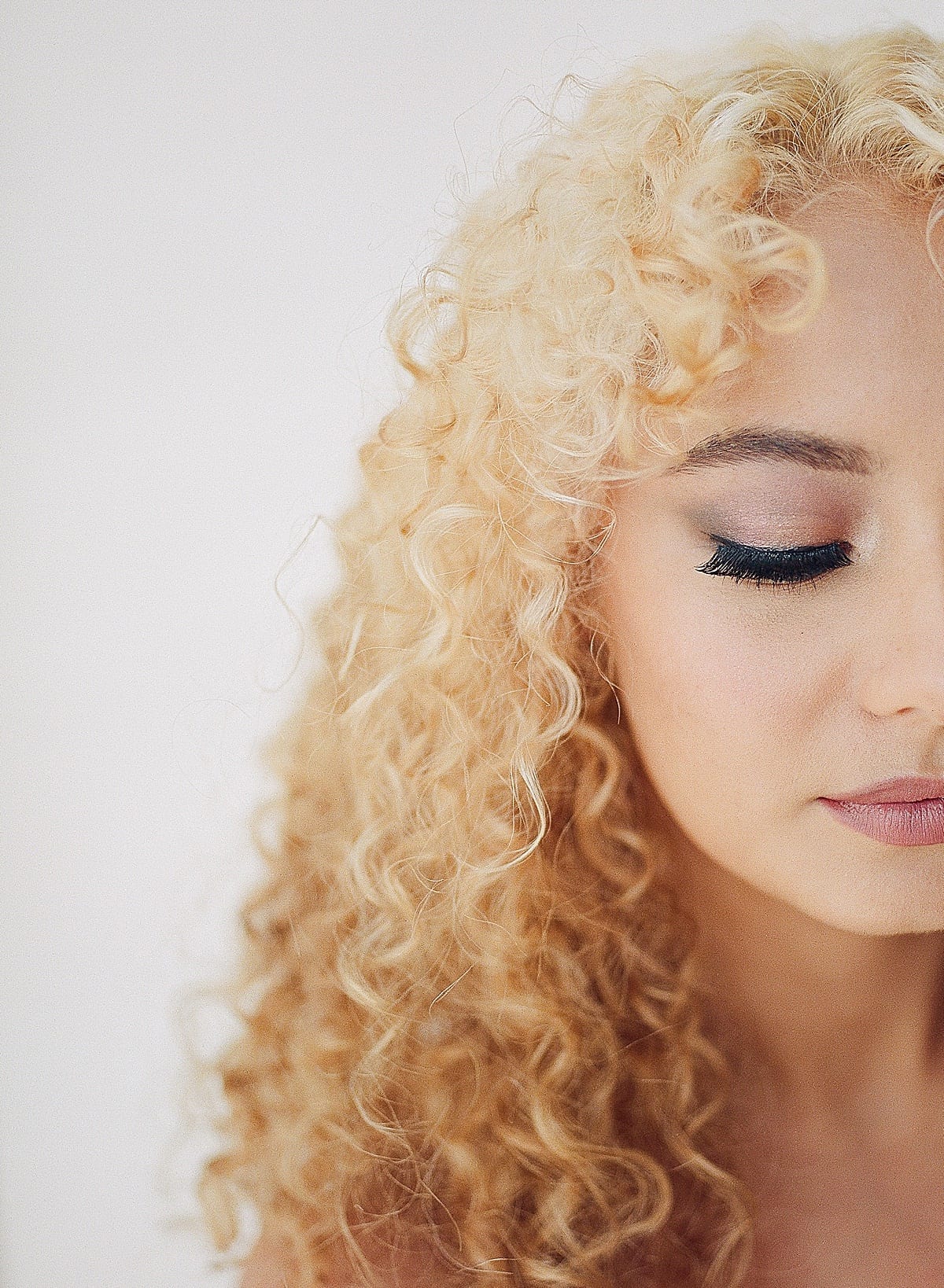
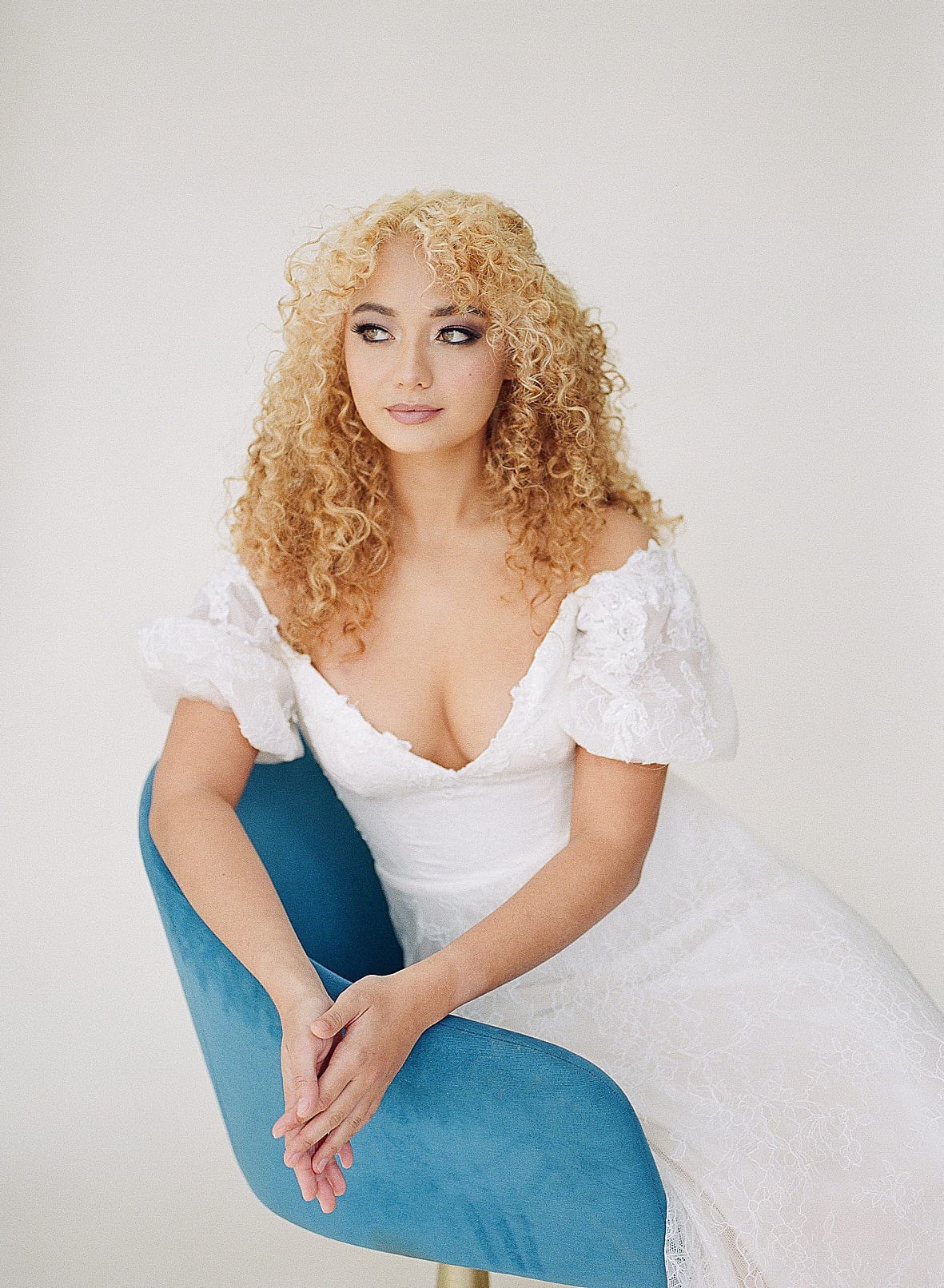
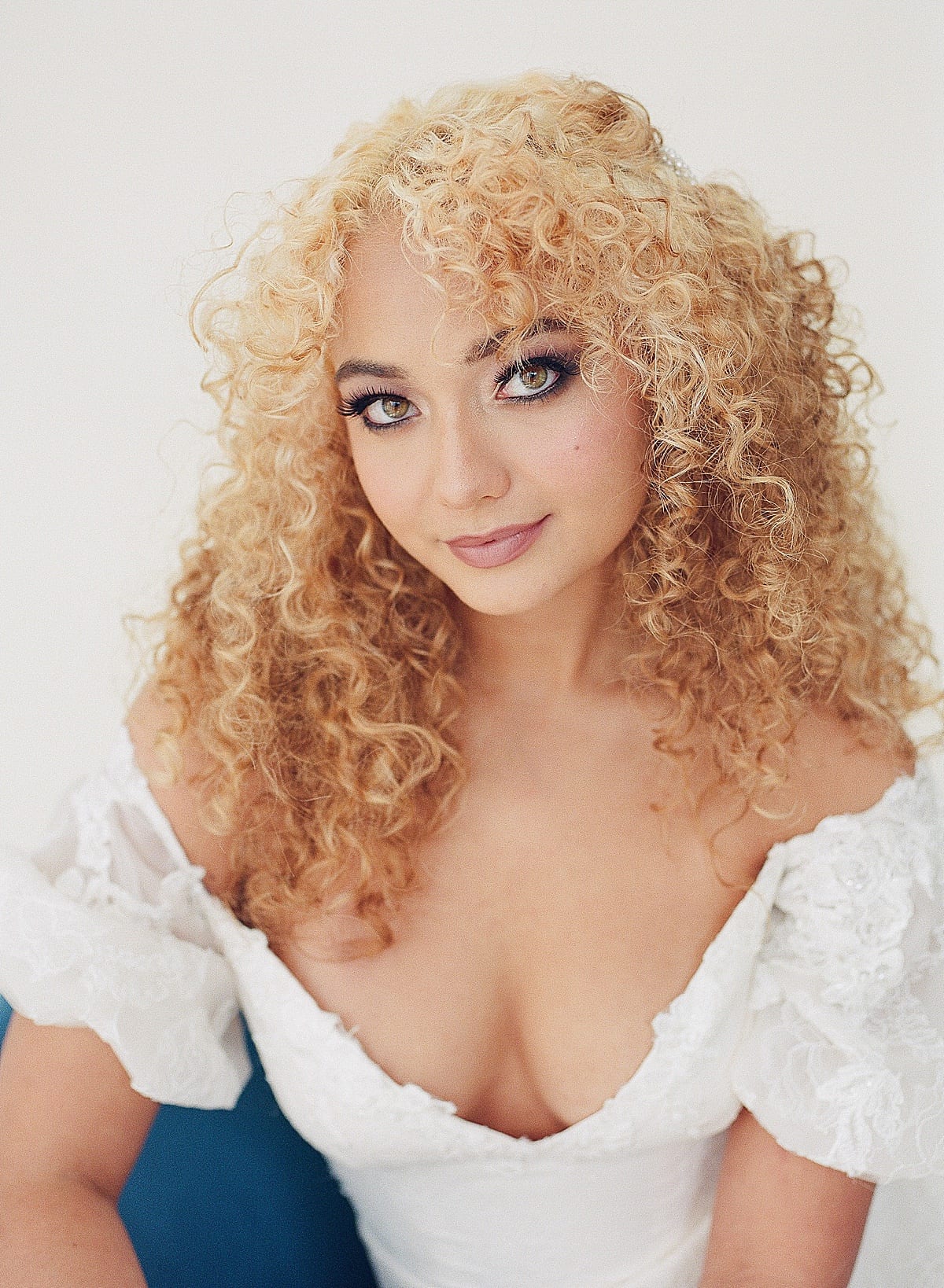
What is the takeaway?
After doing this in-studio test with Kodak Portra films, I am so glad to know that I can achieve very similar results to the work I have already been producing. And might even say that I can fall just as hard for Kodak films as I did Fuji 400h. Yes, I can see the differences, but they are slight differences that your clients might not even notice. One thing I love about Kodak films vs. the Fuji 400h is that Kodak Portra comes in three different box speeds! Which gives me more latitude in shooting film! And especially when metering Kodak at box speeds as opposed to shooting Fuji 400h at ISO 100 I have even more freedom with my film. And I like having a low light option with Portra 800.
I would say if you are a film photographer that is having to switch from Fuji 400h as your go to film stock to Portra films you need to take time to do your own tests! My number one word of advice is don’t go shoot your next wedding on Portra films if you have always shot Fuji 400h. Stock up on Fuji 400h and continue shooting that until it’s no longer available. And in that time be running your own tests until you are confident with Kodak.
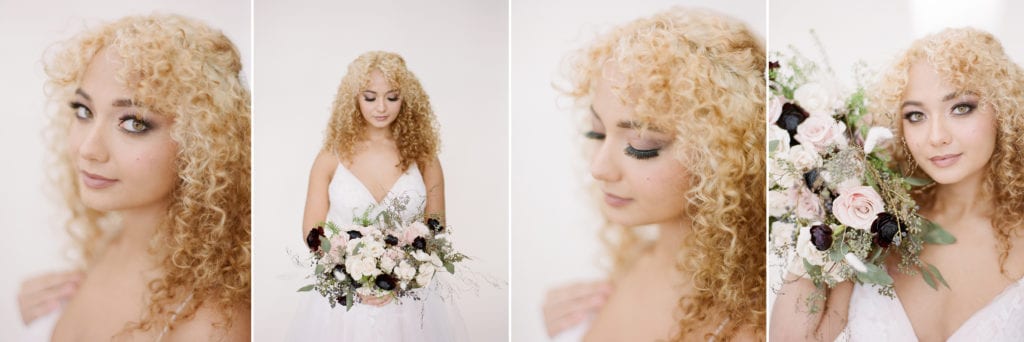

So Many Facets
There are so many aspects that go into shooting film that I didn’t think about until recently. Many things go into getting the desired result: film stock, metering, the lab you use, what machines they scan on, and your color preferences for how your film is scanned, are all things that affect how your film will look in the end. Working with your lab to achieve the results you are looking for will be imperative while making the switch. So, get out there and test, test, test! Meter at different speeds, bracket your images, shoot in different light conditions, shoot different films, have your film scanned on both Noritsu and Frontier film scanners to see the difference, and work with your lab to achieve your desired results!
You might find the ideal choice for your needs is different than others. So, test out as many popular film stocks as possible and make your own decision. Color photographers will prefer one type, but you might pick a B&W film stock. The key to capturing beautiful photos is to keep learning and keep trying new things.
Ultimately, the major thing I have learned owning and operating my own business is to always be learning, growing, and changing. Sometimes that comes with a push when necessity demands innovation. We cannot get stuck in ruts or we will get left behind. I personally am pumped that I get the opportunity to learn a different brand of films and continue growing and changing in my business.
Film Photography Stock Comparison

Comparison of Stocks from left to right: Fuji 400h, Kodak Portra 160, Kodak Portra 400, and Portra 800
Do you want to learn more about film photography? If you are just starting your journey in film photography and want to learn more, give us a shout! We would love to hear from you. You can also see more about Film Photography and shooting in low-light situations here.
Vendor Partners:
Beauty – Leah Milan Makeup
Gown – London and Lace Bridal
Flowers – Flora
Studio – Engaged
Model – Isabella Nakaji Nobel
Film Lab – Richard Photo Lab